
At work, it’s a given that you’ll probably send and receive emails. Emailing isn’t industry specific but it is a staple of business environments. It’s how your employees speak with your clientele and how they coordinate between departments internally. Even though email is common practice, there’s still a decorum to consider. Sending the wrong type of email can lead to big problems (up to termination) very quickly.
So here are a few things to keep in mind before you hit send on your next message:
Emails are NOT private
Emails are company property. At any point in time, they can be retrieved and reviewed (even if you delete them). Keep that in mind and don’t send anything you wouldn’t want to be printed out and put on display in a meeting with leadership and possibly human resources.
Embrace short subject lines
Clarity should be your best friend. Your readers shouldn’t have to decipher scrolls of a subject line by candlelight. Be direct and be concise. Remember, you aren’t the only person in the company who gets emails. The recipient of your message might be reading hundreds or even thousands of emails. Clear subject lines help people prioritize messages and minimize guesswork.
Abstain from one-word email responses
Sending “thanks” or “ok” as an email response doesn’t make you sound edgy. It makes you sound pretentious and it can easily lead to confusion, especially if there are multiple messages in the thread. If you have a message that doesn’t require a direct response, state that in the subject line.
Reply to all emails, but be careful of “reply all”
If you were standing in front of someone and they directly asked you a question, it’d be rude to ignore them, right? The same applies to emails. When someone crafts a message specifically for you, respond to it when you can. If there’s a delay, address it. That being said, sometimes “reply all” isn’t necessary. This is especially true when your response is only for one person specifically. Just use your best judgment.
Avoid humor
Humor doesn’t translate well in emails. There’s a lot more to a joke than the words themselves; you have to consider tone, body language, etc. None of those things are present in an email, so something might be hilarious to you, but come across totally different to someone who didn’t read the words the way you did in your head.
Proofread your message
Nothing undermines the gravity of your message more than a typo. It shows a lack of attention to detail. If you don’t care about your message enough to make sure everything is spelled correctly, why should your reader? Always give your emails a few reads before sending them. Still in doubt? Ask a co-worker to look it over for a fresh set of eyes. When it comes to proofreading, be mindful of punctuation. Multiple exclamation points are very seldom necessary in any email. One more safeguarding practice is to write the message first and then add the address of the recipient, so you don’t accidentally send an unfinished message.
Include an official signature
Give your reader information they can use to contact you with. It adds an extra layer of professionalism to your message. Usually, a full name, title, contact information, and company name is enough to make your email that much more official.
Actsoft specializes in orchestrating messaging between the office and the field. Many of the principles discussed in this blog can apply to the messaging our software provides. Even if the messaging is something like adding a few words to a picture, or including a note to a wireless form, the rules still apply.
Have any questions on how Actsoft can help you?
Call (888) 732-6638 or Receive a Live Webinar
















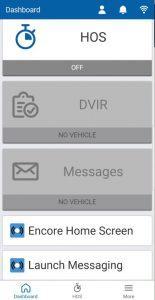
 Encore & Geotab Drive
Encore & Geotab Drive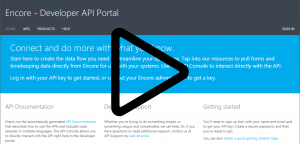
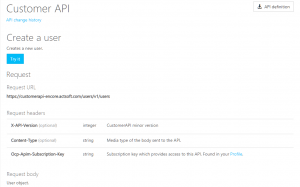
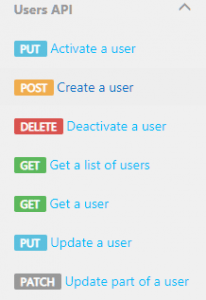
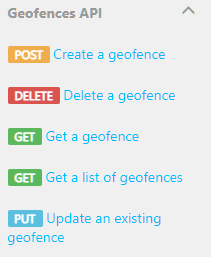


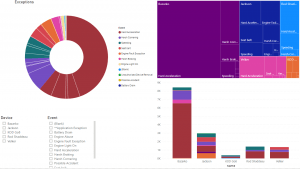

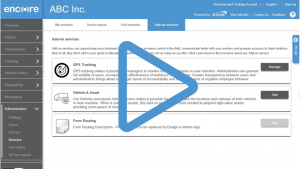
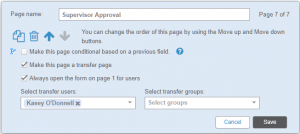
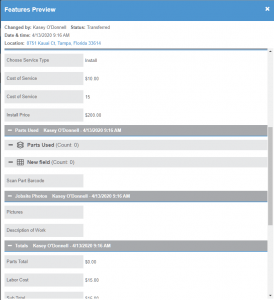

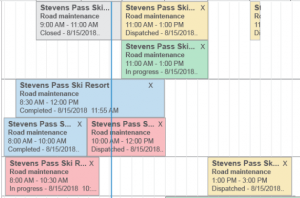
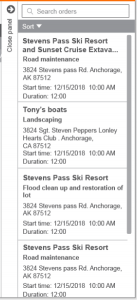
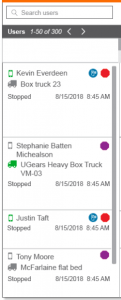
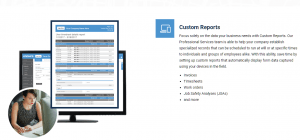
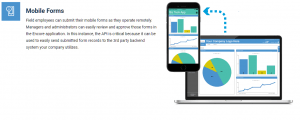





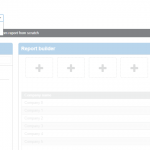
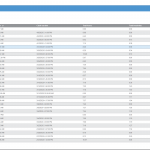
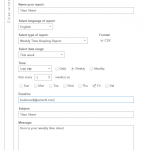
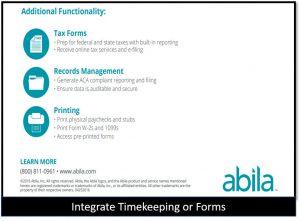
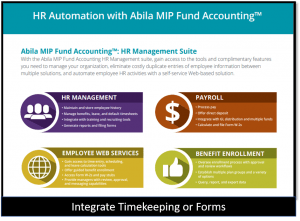




 Actsoft partnered with Odin to provide our solutions overseas, through payment processing integrations. Odin helps us support user management for our software; customers can also purchase our products through Odin’s billing platform.
Actsoft partnered with Odin to provide our solutions overseas, through payment processing integrations. Odin helps us support user management for our software; customers can also purchase our products through Odin’s billing platform.

 VisTracks powers our Electronic Logging Device (ELD) solution, which enables transportation businesses to easily automate their hours of service logs, remain in governmental compliance, and reduce their potential to incur costly fines.
VisTracks powers our Electronic Logging Device (ELD) solution, which enables transportation businesses to easily automate their hours of service logs, remain in governmental compliance, and reduce their potential to incur costly fines. Integration between Actsoft solutions and BeWhere’s software products is available. Take your team’s asset tracking, cellular data connectivity, and field insight a step further with effective, cross-application compatibility.
Integration between Actsoft solutions and BeWhere’s software products is available. Take your team’s asset tracking, cellular data connectivity, and field insight a step further with effective, cross-application compatibility.
 CalAmp tracking devices for vehicles and assets alike are compatible with Actsoft solutions, making it easy for you to efficiently monitor your equipment and fleet cars. Help your team enhance accountability, safety, and savings through a combination of easily installed hardware and intuitive software.
CalAmp tracking devices for vehicles and assets alike are compatible with Actsoft solutions, making it easy for you to efficiently monitor your equipment and fleet cars. Help your team enhance accountability, safety, and savings through a combination of easily installed hardware and intuitive software. Gain even greater insight into the daily activities of your fleet using the combination of Geotab and Actsoft. Geotab devices provide detailed data collection and seamless integration with our solutions; learn more about the ways your vehicles are being used daily with the power of this tandem.
Gain even greater insight into the daily activities of your fleet using the combination of Geotab and Actsoft. Geotab devices provide detailed data collection and seamless integration with our solutions; learn more about the ways your vehicles are being used daily with the power of this tandem.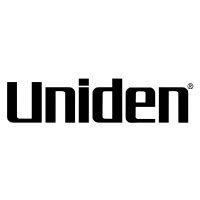 Our partnership with Uniden is ideal for companies looking to gain advanced diagnostics on their fleets. Uniden’s extensive product listing of car electronics like radios, dash cams, radar detectors, and in-vehicle communicators work in concert with Actsoft’s solutions to better connect your vehicles to the company headquarters.
Our partnership with Uniden is ideal for companies looking to gain advanced diagnostics on their fleets. Uniden’s extensive product listing of car electronics like radios, dash cams, radar detectors, and in-vehicle communicators work in concert with Actsoft’s solutions to better connect your vehicles to the company headquarters. Kyocera offers a wide range of mobile devices, ranging in design from traditional phones to ultra-durable handset technology. Actsoft is able to equip organizations in a variety of different industries with solutions for improved business, while Kyocera supplies the technology they can flawlessly operate on.
Kyocera offers a wide range of mobile devices, ranging in design from traditional phones to ultra-durable handset technology. Actsoft is able to equip organizations in a variety of different industries with solutions for improved business, while Kyocera supplies the technology they can flawlessly operate on.

 Motorola’s mobile technology works in tandem with our solutions to provide extra versatility to your business practices. Coupled with our software’s features, Motorola’s reliable devices make connecting your workforce simpler than ever to do.
Motorola’s mobile technology works in tandem with our solutions to provide extra versatility to your business practices. Coupled with our software’s features, Motorola’s reliable devices make connecting your workforce simpler than ever to do. Actsoft and Sanyo teamed up to merge intuitive business management software with the technology of today. This partnership allows us to provide you with all the tools your team needs for improved workflows, better coordination, and optimized productivity.
Actsoft and Sanyo teamed up to merge intuitive business management software with the technology of today. This partnership allows us to provide you with all the tools your team needs for improved workflows, better coordination, and optimized productivity. We’re able to bundle certain solutions of ours (including our Electronic Visit Verification options) with Samsung devices to help your team achieve as much functionality as possible, while keeping rates affordable. Use these combinations for accurate recordkeeping, improved communication, and smarter data collection in the field.
We’re able to bundle certain solutions of ours (including our Electronic Visit Verification options) with Samsung devices to help your team achieve as much functionality as possible, while keeping rates affordable. Use these combinations for accurate recordkeeping, improved communication, and smarter data collection in the field.
 Our software is the perfect complement to Apple’s user-friendly technology. Equip your workforce with the devices and solutions it needs for optimized productivity during daily operations with Apple and Actsoft.
Our software is the perfect complement to Apple’s user-friendly technology. Equip your workforce with the devices and solutions it needs for optimized productivity during daily operations with Apple and Actsoft.
